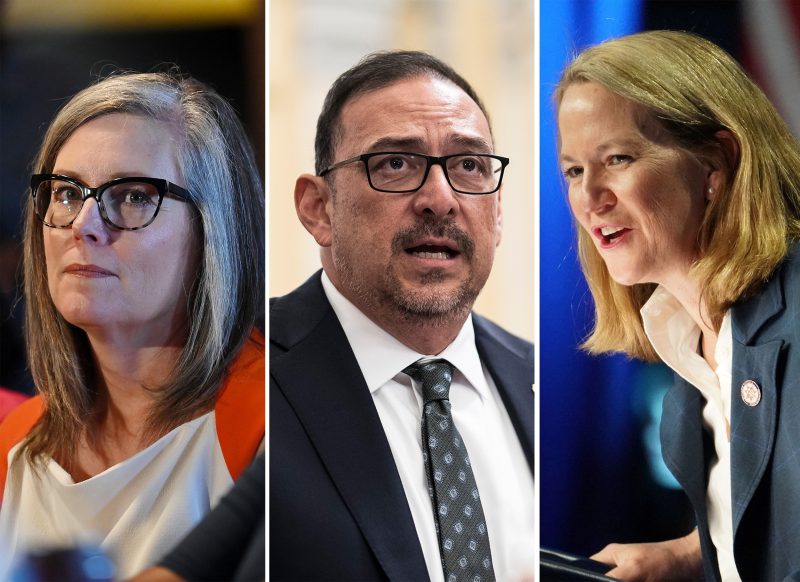In a recent private call, Arizona’s top Democrats faced a daunting ballot dilemma, pointing to the intricate strategies and considerations that underpin modern political decision-making. The call, featuring key players like Senator Kyrsten Sinema, Congressman Ruben Gallego, and several high-ranking members of the state’s Democratic Party, highlighted the challenging landscape in which these leaders must navigate to secure electoral success.
Issues concerning a potential statewide candidate for Corporation Commission were at the heart of the discussion. The delicate balancing act of selecting the right candidate with the best chance of winning while also considering broader party goals demonstrated the multifaceted nature of political strategy. In a competitive political environment, where every move can have significant implications, the stakes were undeniably high.
The various perspectives presented during the call underscored the complexities involved in making such critical decisions. While some participants favored advancing a new face to diversify representation, others emphasized the importance of prioritizing experience and electability. This divergence of opinions reflects the nuanced calculations that political leaders must make to navigate the intricate web of public perception, candidate strength, and party objectives.
Furthermore, the role of ambition and future prospects emerged as central themes during the deliberations. The competing desires to secure short-term victories while also nurturing a bench of potential candidates for future elections added an additional layer of complexity to the decision-making process. Ultimately, the dynamics of power, influence, and strategic planning all played a part in shaping the discourse within this high-stakes conversation.
As the call unfolded, it became evident that the Democratic leaders in Arizona were grappling with not only the immediate challenges of the upcoming election but also the broader implications for the party’s long-term success. The need to balance short-term gains with sustained growth and representation highlighted the intricate dance that politicians must perform to navigate the ever-evolving landscape of American politics.
In conclusion, the private call among Arizona’s top Democrats serves as a compelling microcosm of the intricate decisions and considerations that shape modern political strategy. From assessing candidate viability to weighing party goals and overarching ambitions, the leaders showcased the complexities and challenges inherent in navigating the complex terrain of electoral politics. As the political landscape continues to evolve, such conversations provide valuable insights into the strategic thinking at play behind the scenes, shedding light on the delicate balance between pragmatism and idealism in the pursuit of political success.



